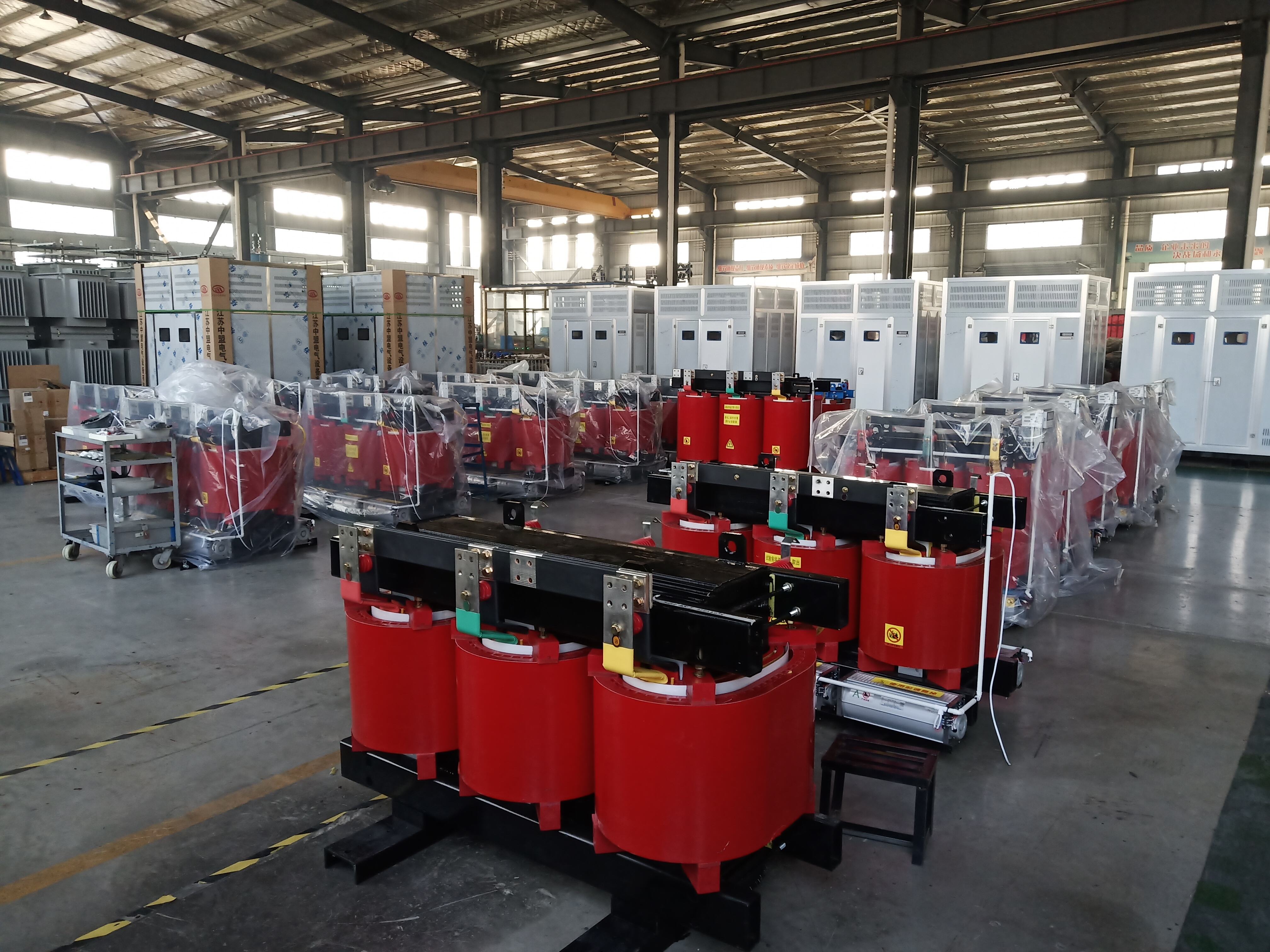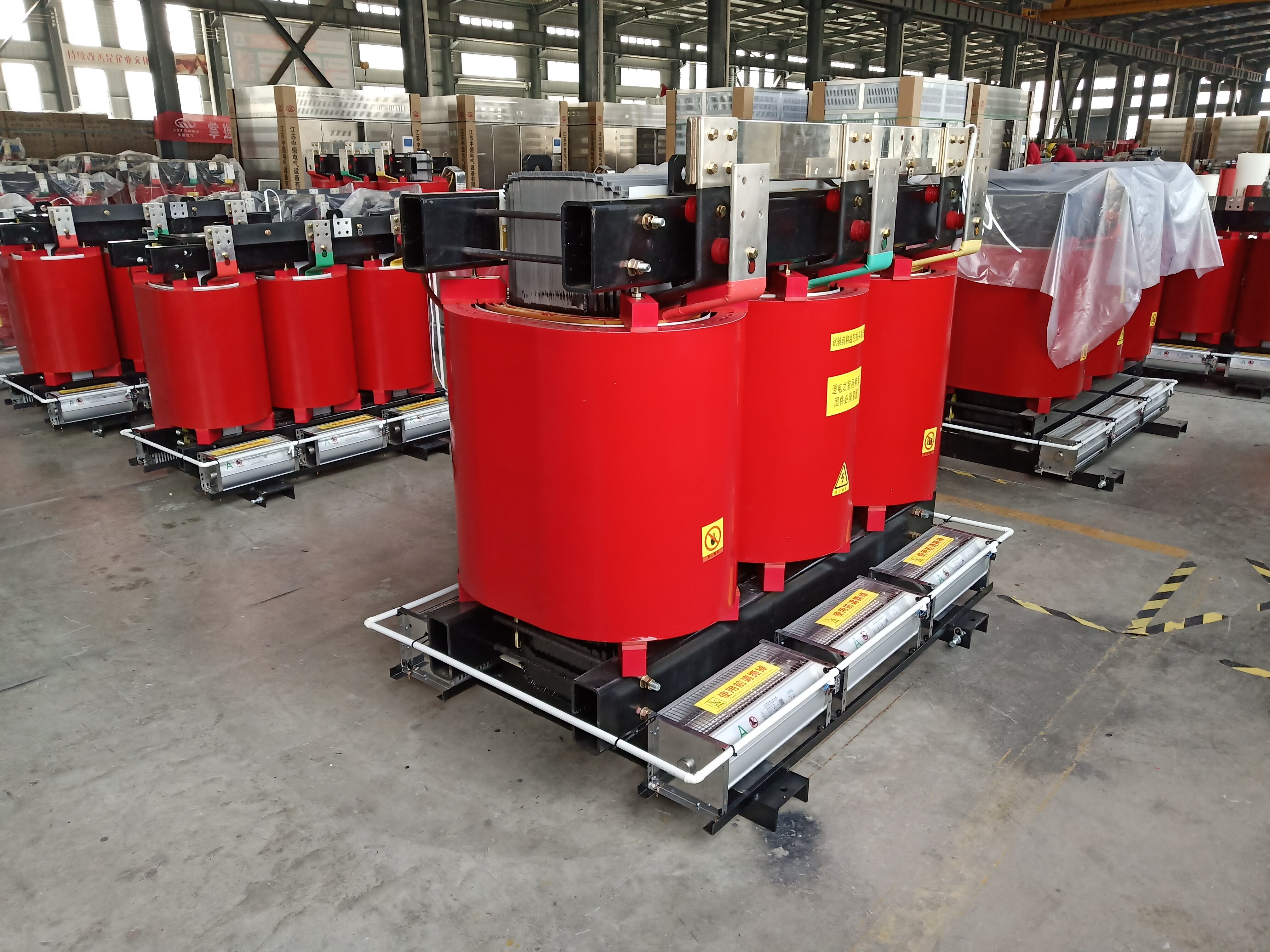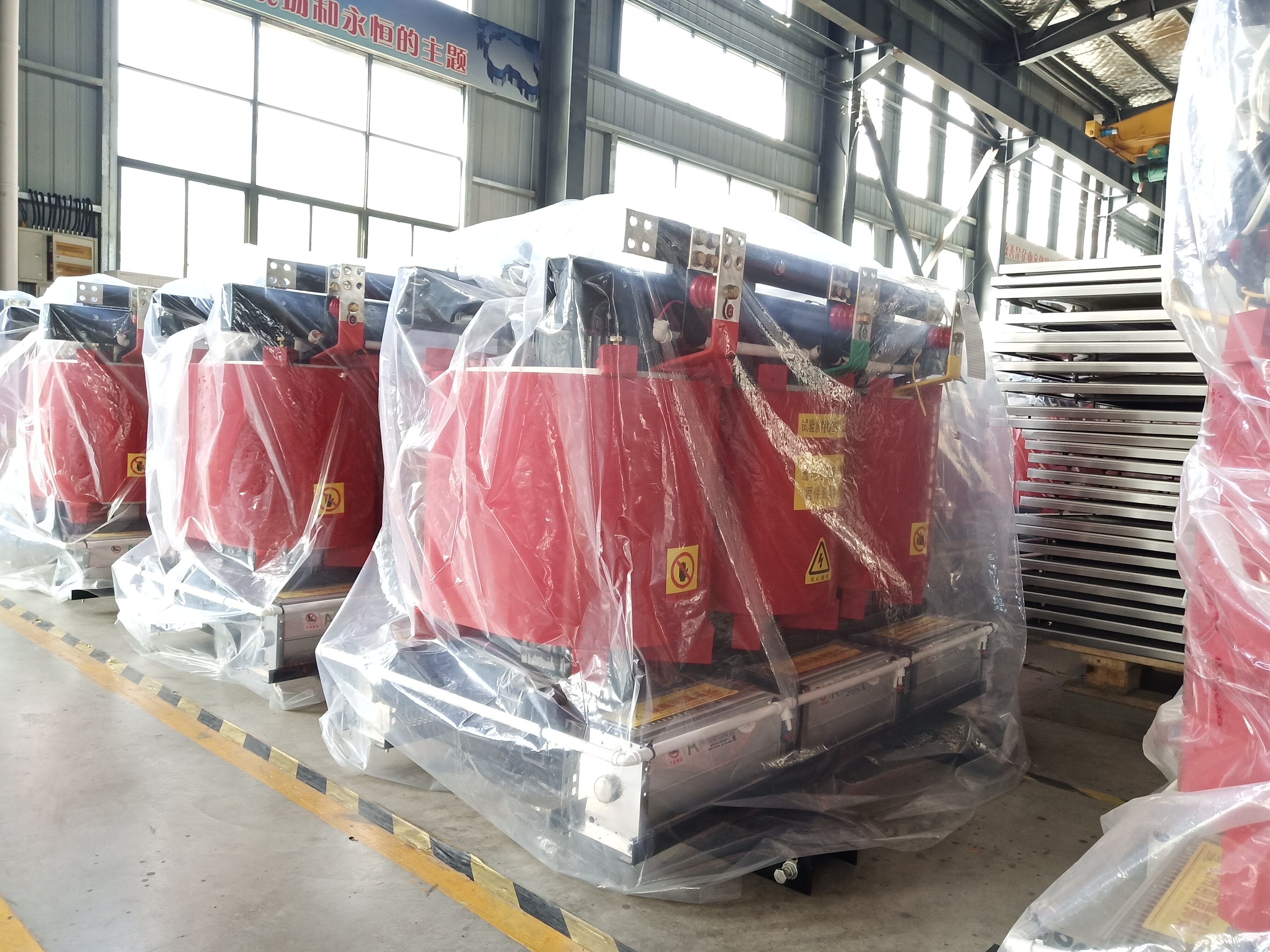dry type transformer cost
Dry type transformer cost represents a significant consideration in electrical infrastructure investments, encompassing both initial purchase and long-term operational expenses. These transformers, which use air as a cooling medium instead of oil, typically range from $5,000 to $50,000 depending on capacity and specifications. The cost structure includes the core unit price, installation expenses, maintenance requirements, and energy efficiency ratings. Modern dry type transformers feature advanced insulation materials, sophisticated cooling systems, and smart monitoring capabilities that contribute to their overall cost. The initial investment often reflects the transformer's rating, ranging from small 5 kVA units to large 3000 kVA installations. Factors influencing the cost include voltage requirements, environmental protection ratings, and special features such as low noise operation or enhanced fire resistance. While the upfront cost may be higher compared to traditional oil-filled transformers, dry type transformers often prove more economical over their operational lifetime due to reduced maintenance requirements and enhanced safety features. The cost analysis must also consider installation location, whether indoor or outdoor, as this affects the required protection level and consequently the price.


